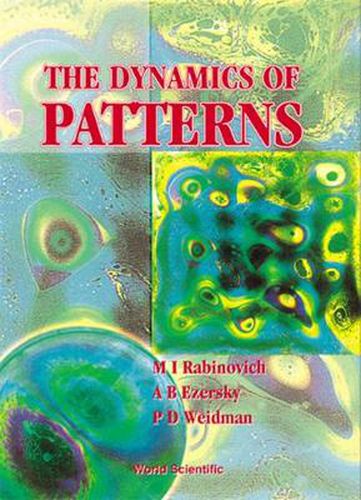Readings Newsletter
Become a Readings Member to make your shopping experience even easier.
Sign in or sign up for free!
You’re not far away from qualifying for FREE standard shipping within Australia
You’ve qualified for FREE standard shipping within Australia
The cart is loading…






Spirals, vortices, crystalline lattices, and other attractive patterns are prevalent in nature. How do such beautiful patterns appear from the initial chaos? What universal dynamical rules are responsible for their formation? What is the dynamical origin of spatial disorder in nonequilibrium media? Based on the many visual experiments in physics, hydrodynamics, chemistry and biology, this study seeks to answer these and related intriguing questions. The mathematical models presented for the dynamical theory of pattern formation are nonlinear partial differential equations. The corresponding theory is not so accessible to a wide audience. Consequently, the authors attempt to synthesise long and complex mathematical calculations to exhibit the underlying physics. The book should be useful to final year undergraduates, but is primarily aimed at graduate students, postdoctoral fellows, and others interested in the puzzling phenomena of pattern formation.
$9.00 standard shipping within Australia
FREE standard shipping within Australia for orders over $100.00
Express & International shipping calculated at checkout
Spirals, vortices, crystalline lattices, and other attractive patterns are prevalent in nature. How do such beautiful patterns appear from the initial chaos? What universal dynamical rules are responsible for their formation? What is the dynamical origin of spatial disorder in nonequilibrium media? Based on the many visual experiments in physics, hydrodynamics, chemistry and biology, this study seeks to answer these and related intriguing questions. The mathematical models presented for the dynamical theory of pattern formation are nonlinear partial differential equations. The corresponding theory is not so accessible to a wide audience. Consequently, the authors attempt to synthesise long and complex mathematical calculations to exhibit the underlying physics. The book should be useful to final year undergraduates, but is primarily aimed at graduate students, postdoctoral fellows, and others interested in the puzzling phenomena of pattern formation.